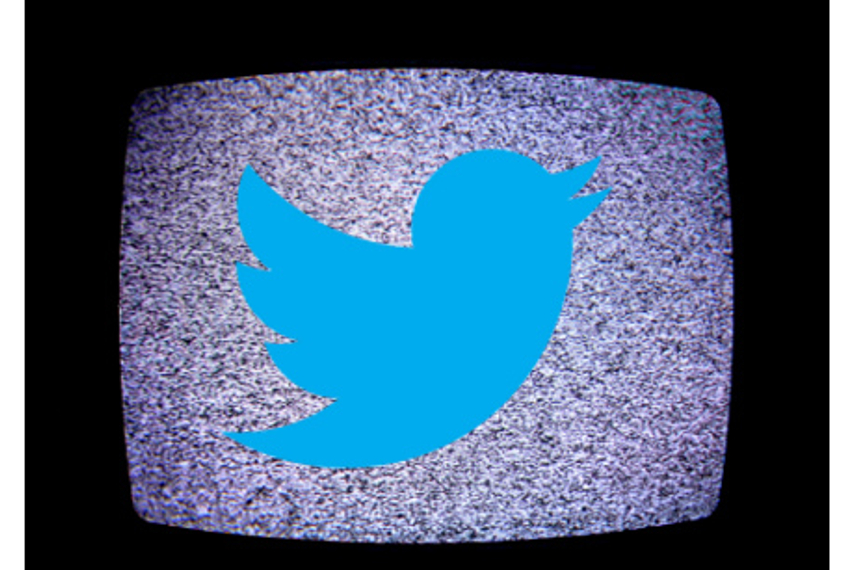
TV networks’ Twitter accounts have gone from being promotional outlets for tune-in messaging to real-time channels for networks and advertisers to interact with audiences.
Picking up on the trend, Nielsen undertook a study to determine if Twitter activity drives increased tune-ins on TV and if broadcast TV tune-ins lead to increased Twitter activity. Of 221 episodes of primetime programming sampled, the US study using Nielsen’s SocialGuide found that live TV ratings had an impact in related tweets among 48 percent of the episodes, while the volume of tweets caused significant changes in live TV ratings in 29 percent of them.
Not surprisingly, the study also found that tweets had the greatest impact on shows in the competitive reality genre, influencing ratings changes in nearly half (44 per cent) of episodes. Shows in the comedy (37 per cent) and sports (28 per cent) genres also saw significant increased tune-in from tweets, while shows in the drama genre were less affected (18 per cent).
So what is the scene in India? And how will the second ‘engagement’ screen work alongside TV?
Content discovery

“Though the total number of Twitter users in India is relatively small, I see it as a positive trend towards bolstering the ‘Second Screen’ concept,” observed Karthik Srinivasan, national lead, Social@Ogilvy India. “I have also noticed Twitter, in India, trying a lot of interesting ways to orchestrate this trend - they have had tie-ups with channels to add hashtags for people to tweet with, for instance. The effect is precisely like watching the show with friends, while you're actually sitting alone in your living room,” he added.

“It validates my belief that Twitter has become the default ‘go-to’ for people looking for things to do, right now,” notes Narendra Nag, vice president, MSLGroup Social Hive. “It's one of the best places to discover interesting content - articles, images and videos. And it's impacting taste, encouraging others to try new things - one of those new things happen to be TV shows. In the recent past, shows like Game of Thrones, Breaking Bad and House of Cards have all benefited from people talking about them on Twitter and other social platforms,” said Nag.

T Gangadhar, managing director, MEC India, maintains that media agencies are already listening to social media chatter before making investments on television programmes. “If someone is making an effort to tweet with relevant hashtags about a television program in a positive or negative way, it is obvious that the person is emotionally engaging with the program. Nielsen and Twitter’s efforts are in the right direction, and I am sure social media chatter will be an important consideration in future. While it is too early to say whether tweets will influence television ratings in India, it can be definitely used as a barometer to understand the engagement levels of certain programs,” he explained.

“There are many people whose primary source of news is Twitter and who read only what others on their timeline have commented on. A large part of video content online (read You Tube) is consumed only when it gets commented on and linked to on Facebook and other social media sites. Hardly anyone browses You Tube just like that. When you combine the two, it would seem likely that TV ratings would also get affected by social media,” pointed out Suman Srivastava, founder and innovation artist, Marketing Unplugged.
Way forward
Ogilvy’s Srinivasan feels that Twitter could surely be a force to work with, for improving TV ratings – more so in the future. “Mobile phone and mobile internet access is gaining momentum in the hinterlands, but along with that, Twitter's value also needs to percolate. It may be a matter of time, but once it does, along with a concerted push by the channels and Twitter, it could be a potential game changer. Having said this, TV programs/films needs to be inherently good to garner ratings - Twitter buzz cannot prop up what is essentially a bad product,” he added.
According to MSLGroup’s Nag, Indians who spend a lot of time on Twitter and other social networks don't necessarily consume all video content on TV any longer. “Whether they download shows, watch stuff on Youtube, or actually switch the TV on, I think it's safe to say that social media channels will drive up the number of people that a specific property reaches. As far as news is concerned, I know for a fact that Twitter drives viewership up - and the content on Twitter often decides which channel you end up watching. Whether this will have an impact on ratings is a function of how ratings are gathered in India and whether we include or exclude formal publishing platforms for content like Youtube,” he explained.
Srivasatava highlighted the challenge: “The online population in India is not yet a significant proportion of the TV viewing audience. The part that is online, may already be watching TV content on the web. So they don't affect TV ratings. So I believe that going forward social media will affect what we watch, but it is likely that we will watch it online rather than on the tube.”


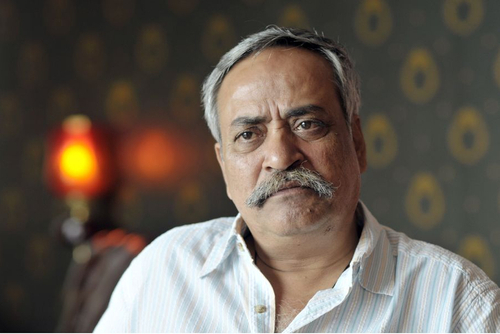
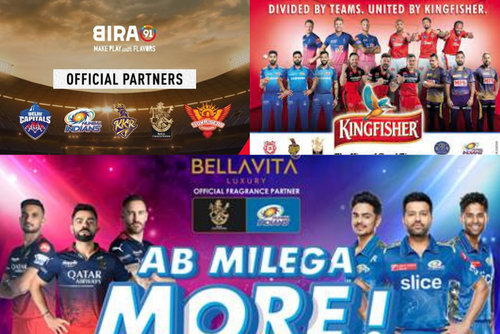
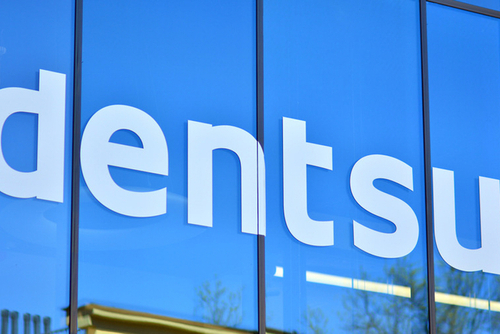
.jpg&h=334&w=500&q=100&v=20250320&c=1)
.jpg&h=334&w=500&q=100&v=20250320&c=1)

+(1).png&h=334&w=500&q=100&v=20250320&c=1)

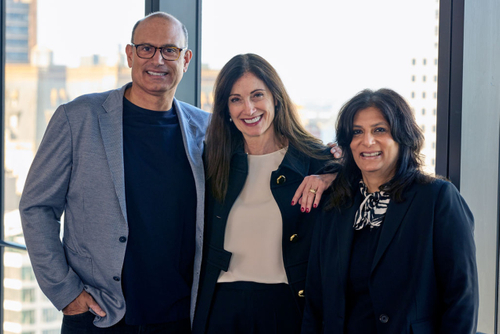

.jpg&h=268&w=401&q=100&v=20250320&c=1)
.jpg&h=268&w=401&q=100&v=20250320&c=1)

.jpg&h=268&w=401&q=100&v=20250320&c=1)
.jpg&h=268&w=401&q=100&v=20250320&c=1)

.jpeg&h=268&w=401&q=100&v=20250320&c=1)

